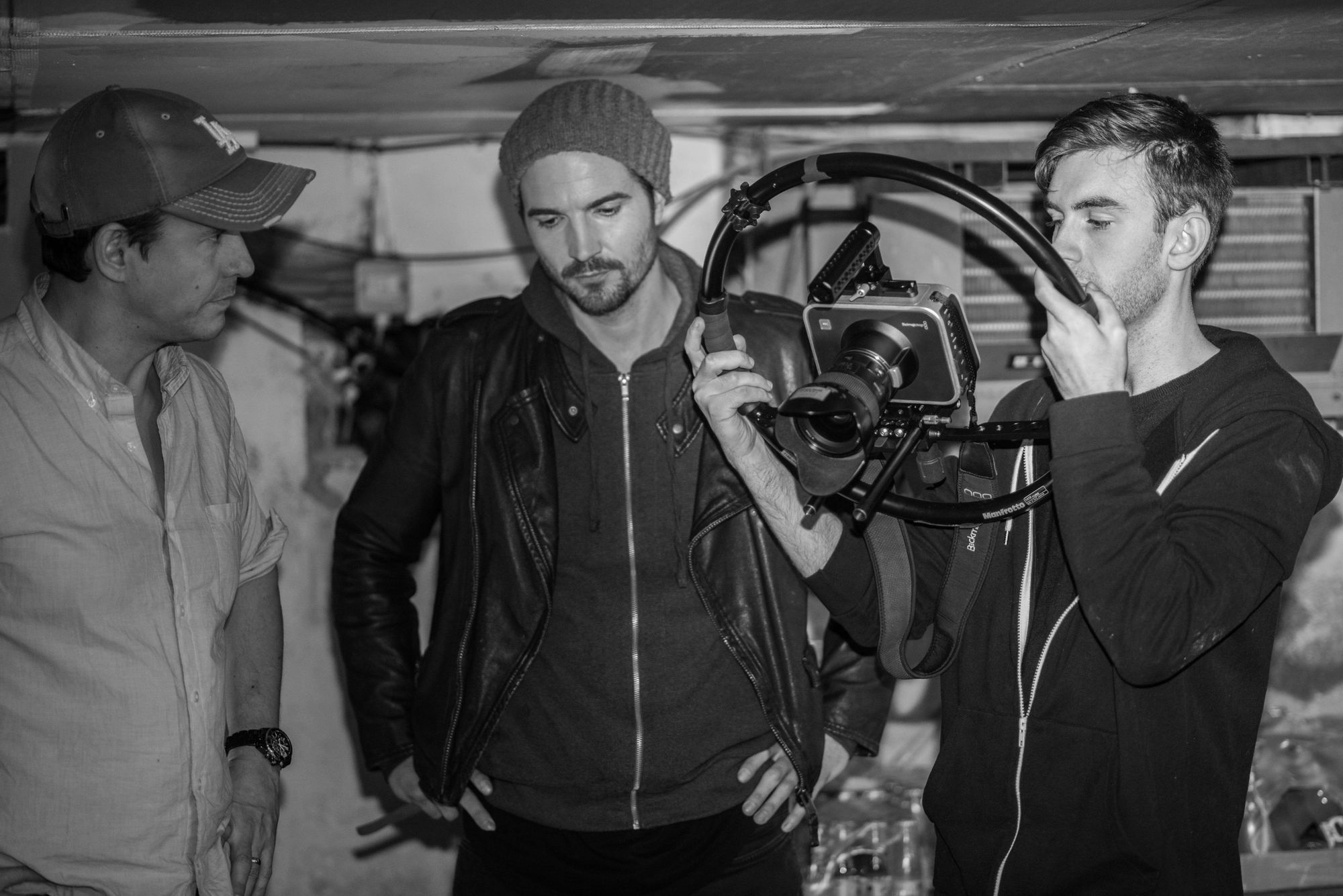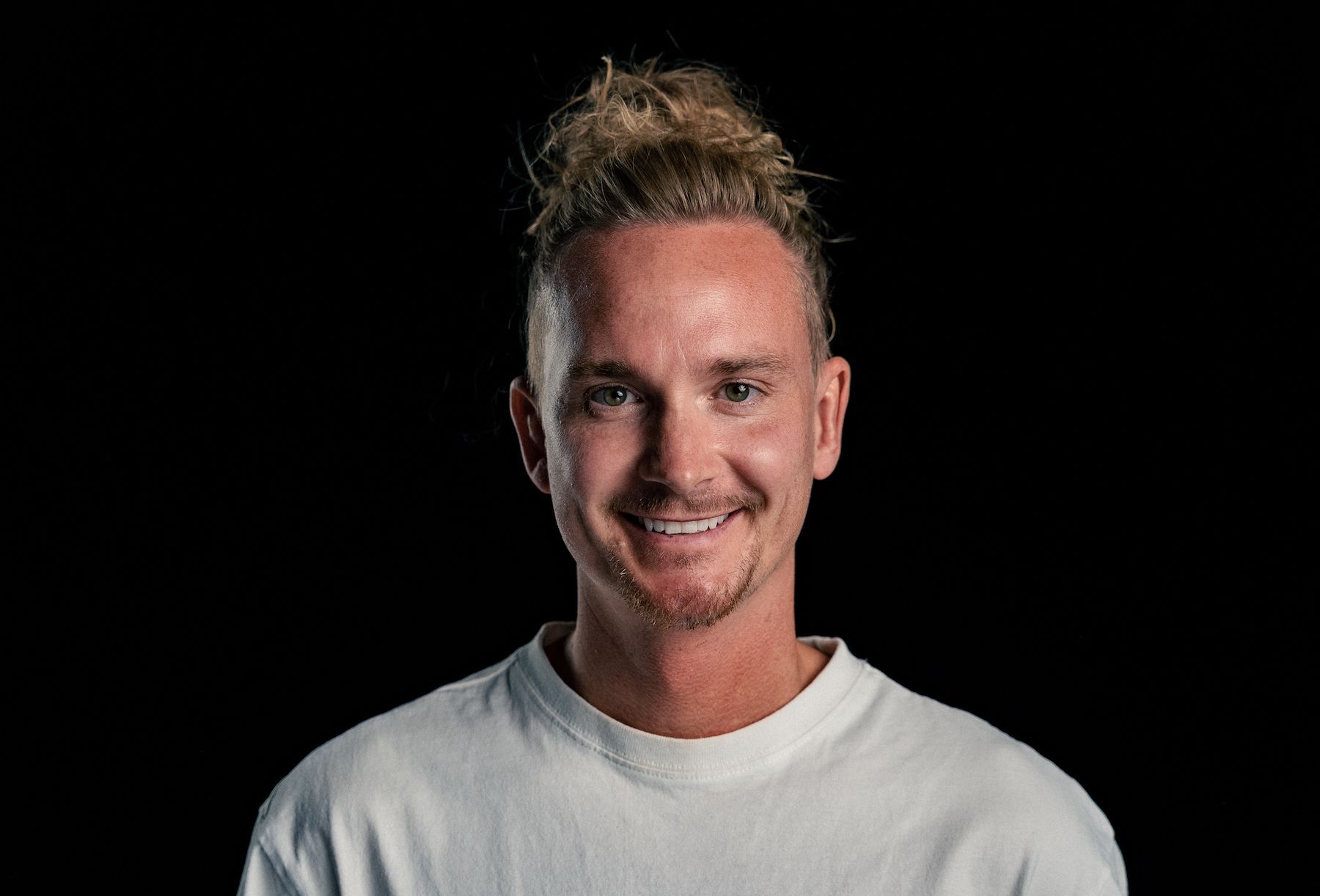Learn the Basics of Scriptwriting with Corry Raymond
Rent film gear from local filmmakers.

Rent film gear from local filmmakers.
Scriptwriting 101:
Ultimate Guide by Corry Raymond
A collaboration with
Want to become a professional screenwriter?
Screenwriters write in a way that enable readers to envisage the setting and emotion. And write in a way it will work on the screen. Be aware – a tricky business to get into!
Scriptwriting Guide for Beginners by Corry Raymond
If you have a story full of drama, a cast of exciting characters, and a narrative that fits in a film or a TV show, then you should consider becoming a professional screenwriter. Listen to Corry tell you all about a scriptwriter's life👇
Trailer
z-pgXVGpQ4g
Intro
1
zBLTplfprqI
What is screenplay?
71
Foundation
157
Theoretical foundation
415
Demonstration
551
Writing your own script
709
How not to start
812
Characters
1019
Screen structure
1183
Wrap up
1333
Meet Your Instructor
jj9rQVQxQ8w
What you’ll learn
Character names should be always written in capital letters.
Show don't tell – there's a plot and there's a story in a movie.
In a screenplay, INT means interior and EXT means exterior.
The first thing to start with when writing a scene is a scene heading.
A screenplay is not a storybook – it is a technical document & a blueprint to make a movie.
A screenplay includes all relevant information to all existing parties during a production.
Masterclass chapters
What is a screenplay?
A screenplay is not a storybook but more of a technical document. It is a blueprint for making a movie or tv series that contains information relevant to all the different members of departments across the production.
A screenplay has to be a specific document that dictates scene length, setting, time of day, direction, and special effects. The screenplay elements can change during production. It is necessary to understand if a film is viable or not.
Foundation
Industry-standard screenwriting software is called Final Draft, but it is paid. You can also find a free online software called Celtx, which formats your script.
When you start writing a screen, start with the screen heading. Then move on to the action, where you begin describing your scene. Then you can write the dialogues. In this chapter, Corry will explain all the above steps in detail.

Theoretical foundation
You have already heard the practical foundations of writing a screen, but there are some theoretical ones too. The golden rule of screen telling is Show, not tell. In this chapter, Corry will explain the difference between the plot and the story.
Demonstration
Make it clear to the audience what the story and the plot are. This is where the Show, not tell rule comes into play. To show something is to invite the audience to see some details. To tell something is to explain what is happening. Get examples of both and why showing is better than telling.

Writing your script
The best place to start is not always the story you want to tell but the important scene that has inspired you to start writing.
Before writing your script, open your notes and start plotting. It does not have to follow the script writing formats at this stage. At this stage, begin with telling, and then when you turn it into a script, find a way to show it.
How not to start
A poor way to start screenwriting is to paint by numbers. If you read anything on story structure, do not start with this.
The structure is something you add after you have the first draft. Let go of thinking of the final piece when starting your screenwriting. Just get the story down on paper and out of your head. You will rehearse the screen many times later on and during production. Corry will tell you more about how to start your script.

Characters
Give unique voices to your characters. They need to feel honest and fully formed. You need to know what they would say and how they would react at a given moment.
On every screen of the script, the character has an objective, a super-objective, and an unconscious desire. Corry will explain that in more detail in this episode.
Screen structure
Screen structure is the final step of your screenwriting. Here you will have to look at your scenes and check if they follow the classic scene structure. Listen to Corry teach you all about screen structure in the final chapter of this masterclass.
About Your Instructor
Corry Raymond
Director, videographer, scriptwriter, and filmmaker
London, United Kingdom
“The best place to start screenwriting isn't always the story you want to tell but the important scene that has inspired you to start writing.”
International filmmaker and freelance videographer with ten years of experience working in media, film, and television production environments in the UK and America. Voted #1 top videographer on Creativepool.
A vast list of professional credits includes working as a Director, Cinematographer, Editor, and independent content producer. Based in Central London.
His work includes screenings at prestigious festivals, such as LA International, Aesthetica, and BFI, and on networks such as Channel 4.
If you want to learn more about film production, don't miss out on our article about the basics of filmmaking.






















